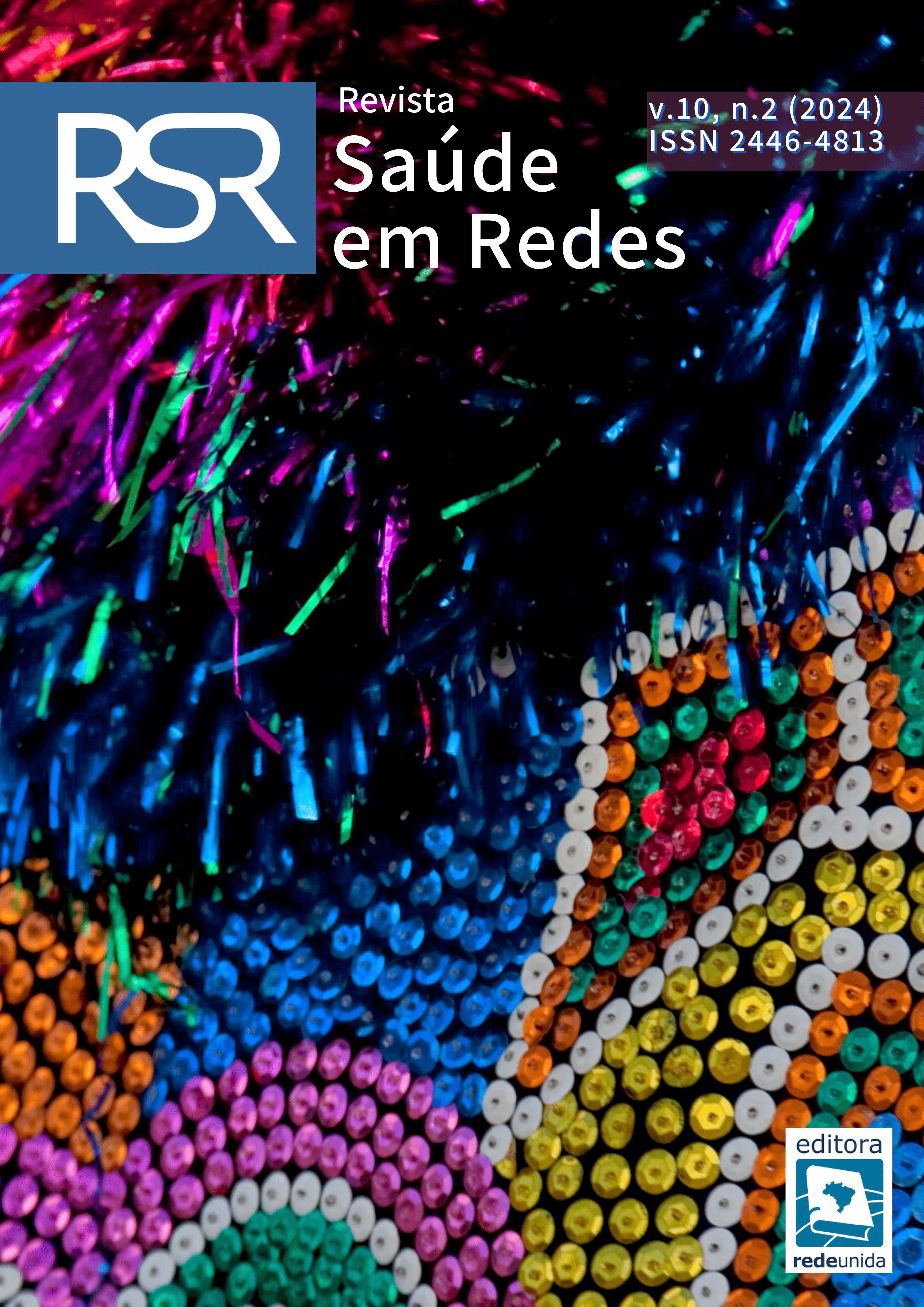Human Anatomy monitoring in the medical course: an experience report
DOI:
https://doi.org/10.18310/2446-4813.2024v10n2.4301Abstract
Anatomy is a subject usually offered by course curriculum of medical schools at Brazilian universities, known for its stigma of being challenging, and requiring more effective methods. University monitoring activities become an important tool for efficient academic training for both university-monitors and supervised-students. The present work aims to report the experience of university-monitors in teaching anatomy at a public university in the inner city of Rio de Janeiro in the year 2022. During this time, supervised students were instructed to actively participate in practical classes, to follow practices for solving doubts and to deepen the studied contents, as well as to participate in simulated practical tests in the weeks that preceded the exams, obtaining, in this way, academic support from university monitors. At the end of each semester, the supervised-students evaluated the activities developed by the university-monitors using an anonymous electronic form (Google Forms). The result shows that the activities proposed by the university-monitors, such as clinical applications of the syllabus and the active participation of the students in the practical, had a positive impact on the academic engagement of the monitored-students. For university-monitors, the experience acquired during the process brought unique contributions to the development of interpersonal skills, such as more effective and clear communication to teach anatomy content to supervised-students, in addition to reviewing and consolidating themes previously addressed in the undergraduate degrees and establishment of social relationships with students from other academic semesters, thus boosting the desire for a teaching career. Keywords: Anatomy; Teaching; Schools, Medical.Downloads
Published
How to Cite
Issue
Section
License
Copyright (c) 2024 Saúde em Redes

This work is licensed under a Creative Commons Attribution 4.0 International License.
Os direitos autorais para artigos publicados neste periódico são do autor, com os direitos de publicação para o periódico. Este periódico é de acesso público, os artigos são de uso gratuito, com atribuições próprias, desde que citada a fonte (por favor, veja a Licença Creative Commons no link a seguir https://creativecommons.org/licenses/by/4.0/deed.pt_BR).

